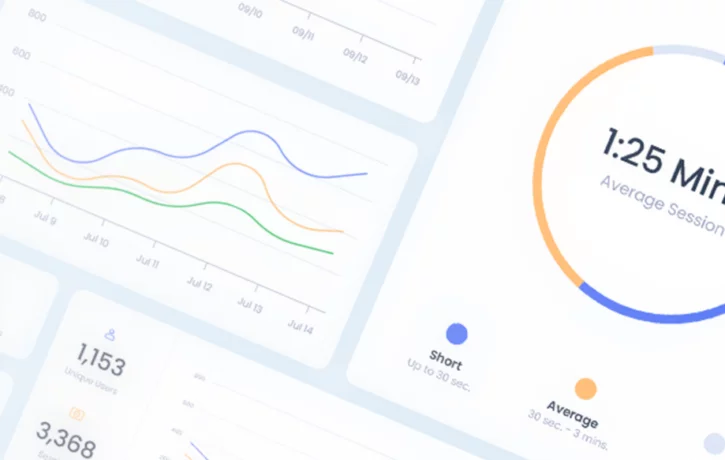In the Deployment Guide on Digital Adoption recently published by IDC, Research Director for The Future of Work at IDC, Amy Loomis, outlines the key considerations for creating a comprehensive digital adoption strategy. In a previous post, we described Phase 1 on how to lay the proper groundwork for successful digital adoption projects.
In this post, I want to share some of my insights from working with WalkMe customers who are going through Phase 2: Measuring and communicating value across the organization.
This phase comprises two main considerations:
- Business impact – Determining how well you have used your Digital Adoption Platform (DAP) to drive business outcomes.
- Governance – Understanding your project approach and stakeholders to determine the best strategy to communicate value.
We will cover these key points, as well as help you learn about the link between value realization and Phase 3: Value expansion.
Review the business impact
It’s important to remember to always connect engagement with the operational or financial outcomes that matter to your business. That’s the story you need to communicate to stakeholders using data and KPIs.
When you look at metrics and see that a lot of people are clicking on “X”, don’t automatically assume that value was achieved. Engagement alone is not a measure of success, but merely its prerequisite. Identify the issues that cause users to struggle and tie that directly to business impact. That’s the sweet spot.
For example, employees are likely to forget the steps of a performance review process that only happens every six months. Removing the guesswork from that process with DAP content not only makes them happier, but it also decreases the effort required for employees and managers to complete the process successfully.
User value + operational value = Win. That is what you need to demonstrate.
Review the governance model
Value is not something that only happens at the end of the project. The journey to measuring impact starts with project intake. That’s why your end-to-end project management approach is at the core of your success with DAP.
Does your project intake process give you an understanding of clear and measurable goals? How will you know that you’ve reached your desired outcomes? Do you have a plan to communicate the results to the right stakeholders across the business?
After you decide what you’re trying to accomplish and how you will communicate, it’s key to evaluate how you deliver the content to employees and customers.
Ask yourself the following:
- Do the people who build the content understand what outcomes it is supposed to drive?
- Do they have the skills to build effective solutions?
- What does user acceptance look like?
Like with any project, a misperception of the value you create undercuts the project’s success, so scrutinize the plan for reporting value back to the organization.
Understand who needs what information—from executives to the project team to the subject matter experts—and make sure you’re delivering that information in a way that makes sense to each audience. This ensures everyone is properly informed about the value that you’re realizing and will help build your case for future projects.
The relationship between value realization and value expansion
The next blog in this series will cover Phase 3 of digital adoption mentioned in the IDC Deployment Guide: Value expansion. However, it’s impossible to completely separate value realization and expansion, so I’d like to offer a little bridge you can take to reach the next destination.
After our customers go live with their initial set of use cases, we see them start to find their footholds within digital adoption and explore its potential more broadly. This path usually takes you from using digital adoption in a reactive manner to incorporating it as a part of your proactive strategy planning.
For example, you may start off by addressing known pain points that users express about your CRM system, and you’ll therefore want to focus on the nuances of the user experience.
As your understanding of DAP increases, you’ll start to flip the narrative, and as you plan your business priorities, ask yourself how your CRM affects your ability to reach those goals and how digital adoption can help you accelerate them. If your goal is sales growth, then you need to ensure users can forecast appropriately, and DAP can help you make this process easier while ensuring data integrity.
As your digital adoption strategy evolves, so does the governance model and the way to think about business impact. How do you refine the strategy to become even more effective? And where are other opportunities to create value?
Use your initial value realization to gain a better understanding of digital adoption, how a DAP works, and how you can continue impacting the business in the projects that follow. For more on measuring and communicating the value of digital adoption projects, download the free guide to read recommendations from an industry expert.

